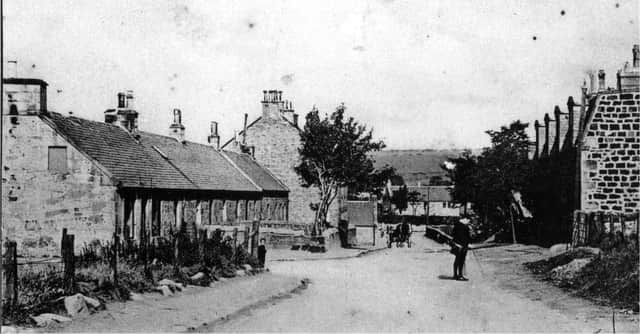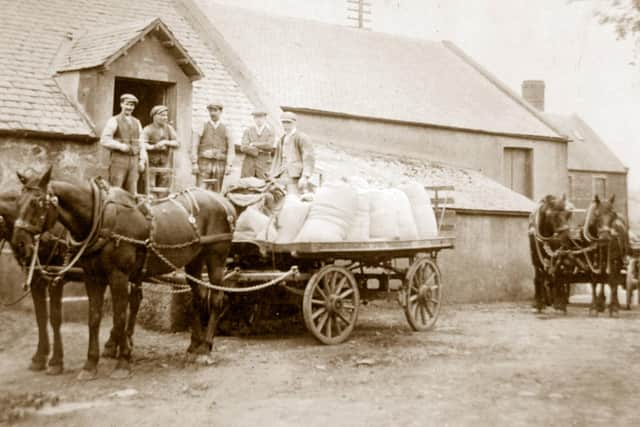Ian Scott: Agriculture dominated village life throughout history of Avonbridge


It was the most punishing and ill rewarded fortnight of my life; rising at about six o’clock fetching the cows, mucking out the byres, filling the churns all before breakfast – and all for about two pounds a week less my board and lodgings! I ran away back to my Mammy.
For this reason I have always felt uneasy at the very mention of Avonbridge but my friends in the village think it is about time I let bygones be bygones, so here goes!
Advertisement
Hide AdAdvertisement
Hide AdThe village as the name suggests is clustered on both sides of the stone bridge across the River Avon and although there were scattered farming communities on both sides from ancient times they lay in separate parishes, the south side in Slamannan and the north in Muiravonside.


The only bridge across the river lay far away in Linlithgow where it was called ‘Avonbridge’, now of course, Linlithgow Bridge.
However by the end of the 16th century there was a bridge sometimes called the ‘west bridge of Avon’ to distinguish it from Linlithgow and the present stone bridge probably dates to the late 18th century.
It became an important crossing point for the droves of black cattle on their way from the trysts at Redding and elsewhere but it was the arrival of the railway in the mid 19th century which encouraged early industry in the shape of coal mining and probably also helped create the village by expanding the settlement and drawing the various communities together.
Advertisement
Hide AdAdvertisement
Hide AdDespite the coal and also a couple of local stone quarries, agriculture and things connected to it continued to dominate village life.
There were several nearby mills like Waugh’s grinding corn and others for flax and wool, and at least three blacksmith shops.
The village has an interesting and complicated religious history.
The present Parish Church building near the bridge began life as a ‘Burgher Church’, part of the original Erskine breakaway from the Church of Scotland. It went through a series of name changes until the reunion with the established church in 1929.
Advertisement
Hide AdAdvertisement
Hide AdThe congregation originally met in a barn and a tent at Wester Strath Farm before the new church opened in 1804.
It was replaced in 1890 by the present building.
In 1970 the congregation joined with Torphichen in West Lothian which seems an unusual linkage.
Along the road at the south end of the village is the little Congregational Church built in 1860.
The founders of the congregation were the Bathgate and Falkirk Evangelical Union who set up a meeting place in Bulliondale Cottage in 1844 which was known thereafter as ‘the auld chapel’.
Advertisement
Hide AdAdvertisement
Hide AdToday the congregation have a link with Grahamston United in Falkirk.
In the 20th century coal mining continued as open cast and for 20 years or so from the 1950s there was a successful brickworks known for some reason as the ‘Tinplate’.
However all trace of these activities is gone along with the mills and quarries.
Farming is still important (despite my rapid exit in 1959) but today many of the 700 or so villagers travel to work outside the village which has returned to the quiet ways of the distant past.
Thank you for reading this article on our free-to-read website. We're more reliant on your support than ever as the shift in consumer habits brought about by Coronavirus impacts our advertisers.
Please consider purchasing a subscription to our print newspaper to help fund our trusted, fact-checked journalism.
Comment Guidelines
National World encourages reader discussion on our stories. User feedback, insights and back-and-forth exchanges add a rich layer of context to reporting. Please review our Community Guidelines before commenting.
